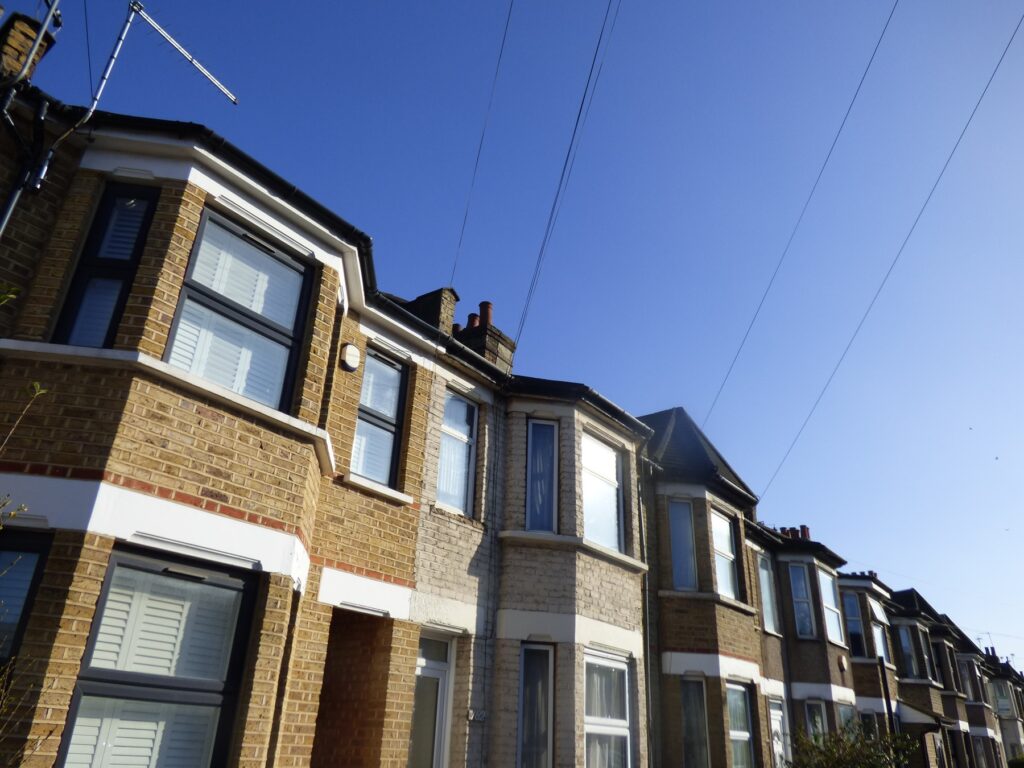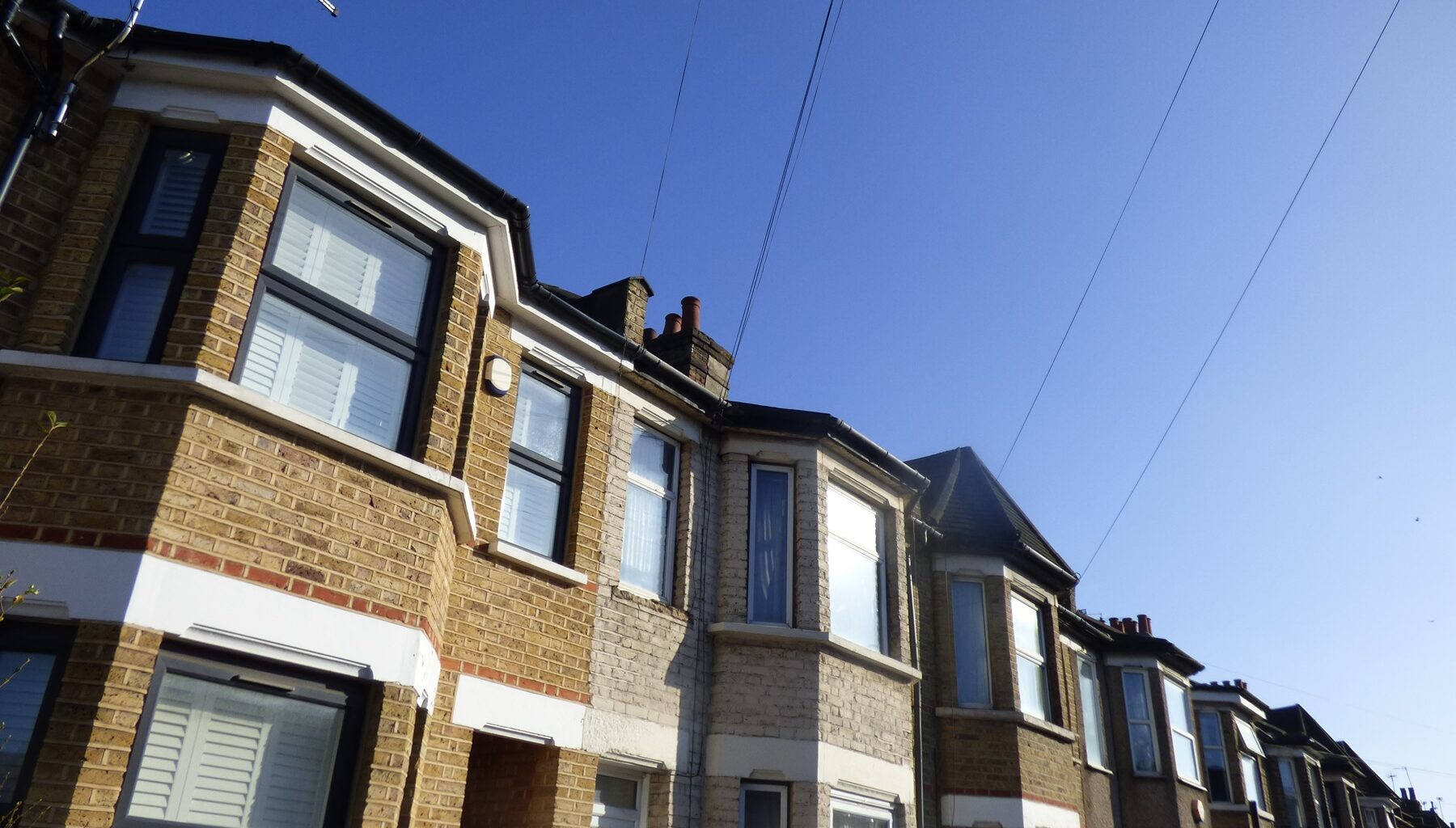London Assembly hears that sharp fall in number of children in capital’s primary schools is prompting closures that are likely to continue, reports Kumail Jaffer, Local Democracy Reporter
 Housing in Edmonton
Housing in Edmonton
The soaring cost of living and childcare, gentrification, and a dearth of social housing has led to families being priced out of the capital, the London Assembly has been told.
The number of births in London in 2023 was 20% lower than the peak figure in 2012, with a sharp decline in fertility rate in inner London blamed.
This has, in turn, led to a sharp fall in the number of children in the city’s primary schools – prompting closures that are likely to continue, and perhaps increase, in the coming years.
On Tuesday (14th) the London Assembly heard from experts and stakeholders to investigate both the causes and impacts of the trend.
Susie Dye, the grants manager at anti-poverty charity Trust for London, told the economy, culture and skills committee that there has been a “rapid drop” in the number of children aged ten or under in London.
She told assembly members that the fall is “linked to rapid changes in the income profile of parts of the city and high costs of living here in London”, especially gentrified areas of the capital.
The organisation said 53 areas which have seen a significant income level change among residents have had ” the biggest changes in terms of the drop in the number of children aged 15”.
Of these localities, two-thirds are in inner London. Over the last decade, boroughs like Westminster and Kensington and Chelsea have seen a 25% decline in the number of young children residing there.
The cost of living – especially housing – is seen as a primary factor in this decrease, as families are forced to move further out of the centre of London, and then out of London completely.
“Inner London has some of the country’s highest housing costs – there’s been a big shift in tenure, with big declines in social housing and rises in private renting in these areas,” Dye said.
“If you can’t find somewhere stable and affordable to bring up a family, you delay it or move away.”
Katherine Hill, strategic programme manager at child poverty campaign group 4in10, added: “People have often, for long periods, left the city for the leafier suburbs to raise children.
“But is that a matter of choice now or are people being forced to leave places where their family may have lived for generations?
“Families and those on low incomes are being priced out of areas where previously they have been able to live. In large part that is to do with the availability of social housing.”
London’s housing crisis is well-documented. Despite boroughs owning around 390,000 social homes, almost 95,000 children are currently living in temporary accommodation.
This instability – whether it comes from waiting for a council home to having to rent instead of buy a property outright – has discouraged Londoners from having children.
“Housing is extremely expensive and culturally in the UK, it’s seen as normal to own a house before starting a family,” Dr Bernice Kuang, a research fellow in Demography at University of Southampton told the committee.
“Private rented accommodation is not seen as the place to start a family.
“Inner London is more expensive and housing is at a greater premium.”
She claimed that Londoners still want to have an average of two children and that therre hadn’t been a “sudden disinterest” in family building, but that it was simply not feasible for many in the capital – even those with a stable roof over their head.
One of the primary reasons for this is the cost of childcare. Data from Coram Family and Childcare earlier this year showed that parents of 3-4 year olds in inner London are paying an average of £184.96 for 50 hours of childcare – including the government’s free 30-hour offer – compared to £106.45 in the East Midlands. Those in outer London pay the second most at £159.22 every week.
“There are childcare deserts in parts of the city where availability is becoming more of a problem than affordability – that’s a really pressing concern,” Dye said.
Outside of a nursery, the panel also raised concerns about a lack of “third spaces” and public green spaces where parents would feel comfortable in taking their child. This problem is accentuated in high-rise flats in busy areas, they claimed.
Many primary schools in the capital, especially in inner London boroughs, have now had to close due to decreasing numbers of children.
A London Councils report from February predicts a decrease of 3.6% in reception pupil numbers in London over the next four years, which translates to 3,195 places or 117 reception classes.
This could have knock-on effects, especially when it comes to pupil attainment and educational development at a crucial age, according to Hill.
She said: “We are concerned that there will be an impact on standards in teaching in primary schools.
“Schools closures are also a disruptive factor, especially for children who also missed out during the pandemic.”
“A declining child population will have an impact on how our city feels and on other things like school closures,” she added.
“Schools represent more than bricks and mortar – they are the heart of our communities, and if we lose them, we’re losing more than figures on a graph.”
City Hall’s deputy mayor for children and families Joanne McCartney has previously said that a capital “that works well for children and young people will be a London that works well for all of us”.
However, the London Assembly was told the the city has a long way to go before being considered child-friendly.
Hill said: “This issue does matter – where children thrive, everyone else can too. A city should want to nurture and support its children so they want to stay and contribute.
“London rightly prides itself on being a diverse city – that should cut across all parameters, including age.
“In terms of getting people to have children and then stay in London with them, affordable housing and affordable childcare are the absolute key.
“Beyond that, I would really advocate London taking steps towards becoming a child-friendly city. I would strongly urge the mayor to think about taking. London forward towards that accreditation. There are things London does do really well for children. Free transport is a really good example of that.
“When I talk to colleagues who look at child poverty and the experience of children, say, in the north-east of England, where bus fares are at huge pressure on families and really limit childrens’ opportunities, our children are able to hop on a bus and go anywhere at any point, and that’s something really valuable.
“There’s plenty to build on, and I firmly believe that London’s a fantastic city for children. It’s got a huge cultural offering, free museums, lots for young people to take advantage of. But they do need a roof over their head to be able to do that.”
Independent news outlets like ours – reporting for the community without rich backers – are under threat of closure, turning British towns into news deserts.
The audiences they serve know less, understand less, and can do less.
If our coverage has helped you understand our community a little bit better, please consider supporting us with a monthly, yearly or one-off donation.
Choose the news. Don’t lose the news.
Monthly direct debit
Annual direct debit
£5 per month supporters get a digital copy of each month’s paper before anyone else, £10 per month supporters get a digital copy of each month’s paper before anyone else and a print copy posted to them each month. £50 annual supporters get a digital copy of each month’s paper before anyone else.
More information on supporting us monthly or yearly
More Information about donations

